On June 25, 1876, at the Battle of the Greasy Grass (Battle of Little Big Horn) Lakota, Arikara, Northern Cheyenne, and Arapaho defended Sioux and Cheyenne families living in south central Montana in a battle with the Seventh Regiment of the United States Cavalry.
As explained in An Indigenous Peoples’ History of the United States for Young People by Roxanne Dunbar-Ortiz, adapted by Debbie Reese and Jean Mendoza:
In June 1876, a large encampment of nontreaty Sioux and Cheyenne families was gathered along the Little Bighorn River. Later that month, Custer and the Seventh Cavalry prepared to attack the encampment, but warriors led by Crazy Horse and Sitting Bull successfully intercepted them. Most textbooks call this the Battle of the Little Bighorn, but Lakota and Cheyenne people, especially those whose ancestors defended the encampment villages, know it as the Battle of the Greasy Grass.
Sioux chief Sitting Bull and Lakota leader Crazy Horse directed their warriors against Lieutenant George Armstrong Custer’s regiment of over 225 cavalry men near the Little Bighorn River. Custer and his men died in the battle, and the united tribes claimed victory over the U.S. military that week.
But the victory against the United States was short-lived. Crazy Horse died in 1877 in U.S. military custody, as that government worked steadily to disarm the nations of the western plains and force their people onto reservations. Sitting Bull lived another 14 years and was murdered at the Standing Rock Indian Reservation by an Indian Agent. He was targeted for his political power and his participation in the anti-imperialist spiritual movement, Ghost Dance.
Marble markers for the Seventh Cavalry were erected in 1890, but it was not until Memorial Day of 1999 that red granite markers were added to the historic site to honor the memory of the Lakota, Sioux, Arikara, Northern Cheyenne, and Arapaho who died the week of the Battle of Greasy Grass.
Students can learn about the struggle over representation of history at other monuments in the film Monumental Myths and in the related resources listed below.

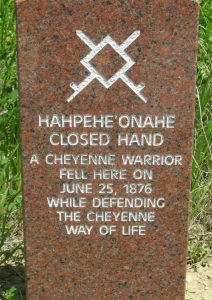
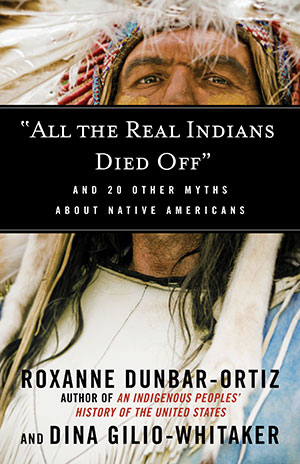
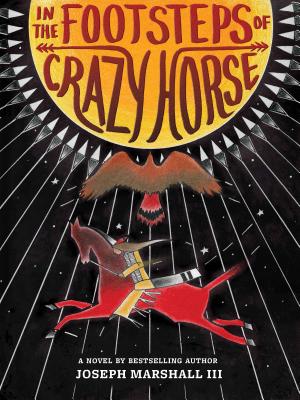
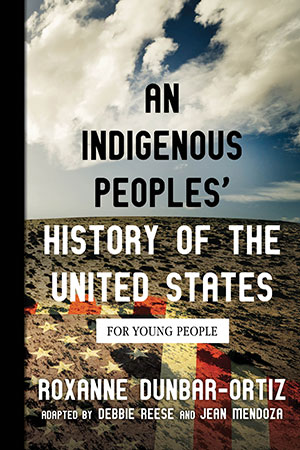
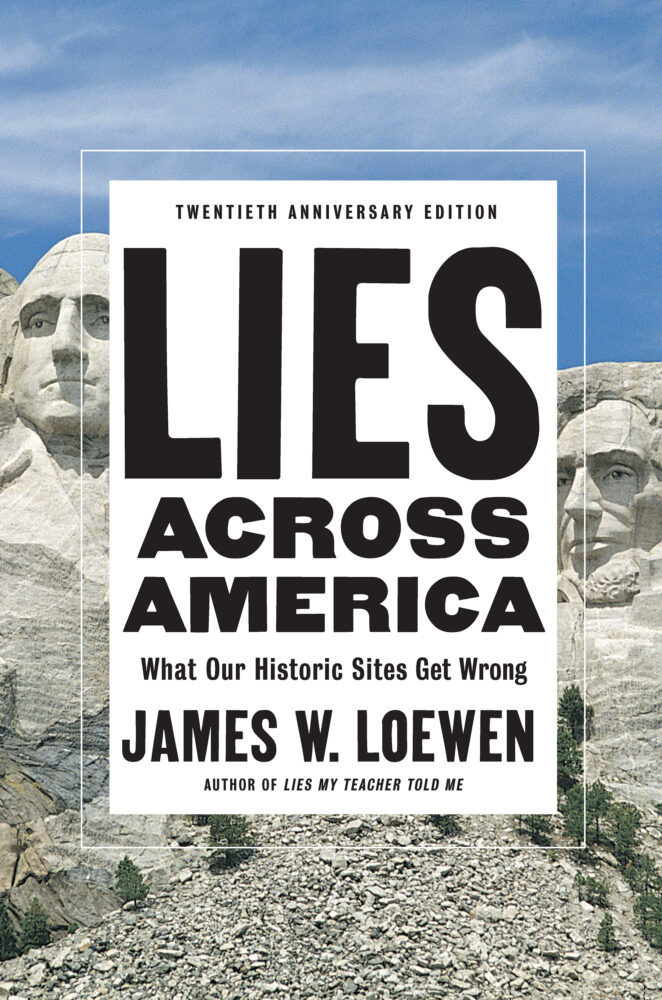

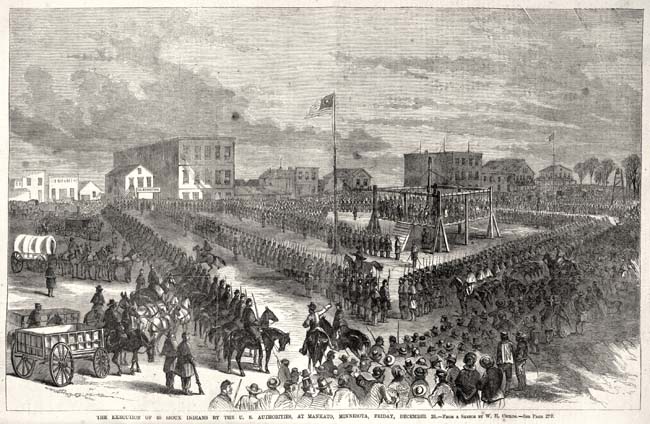
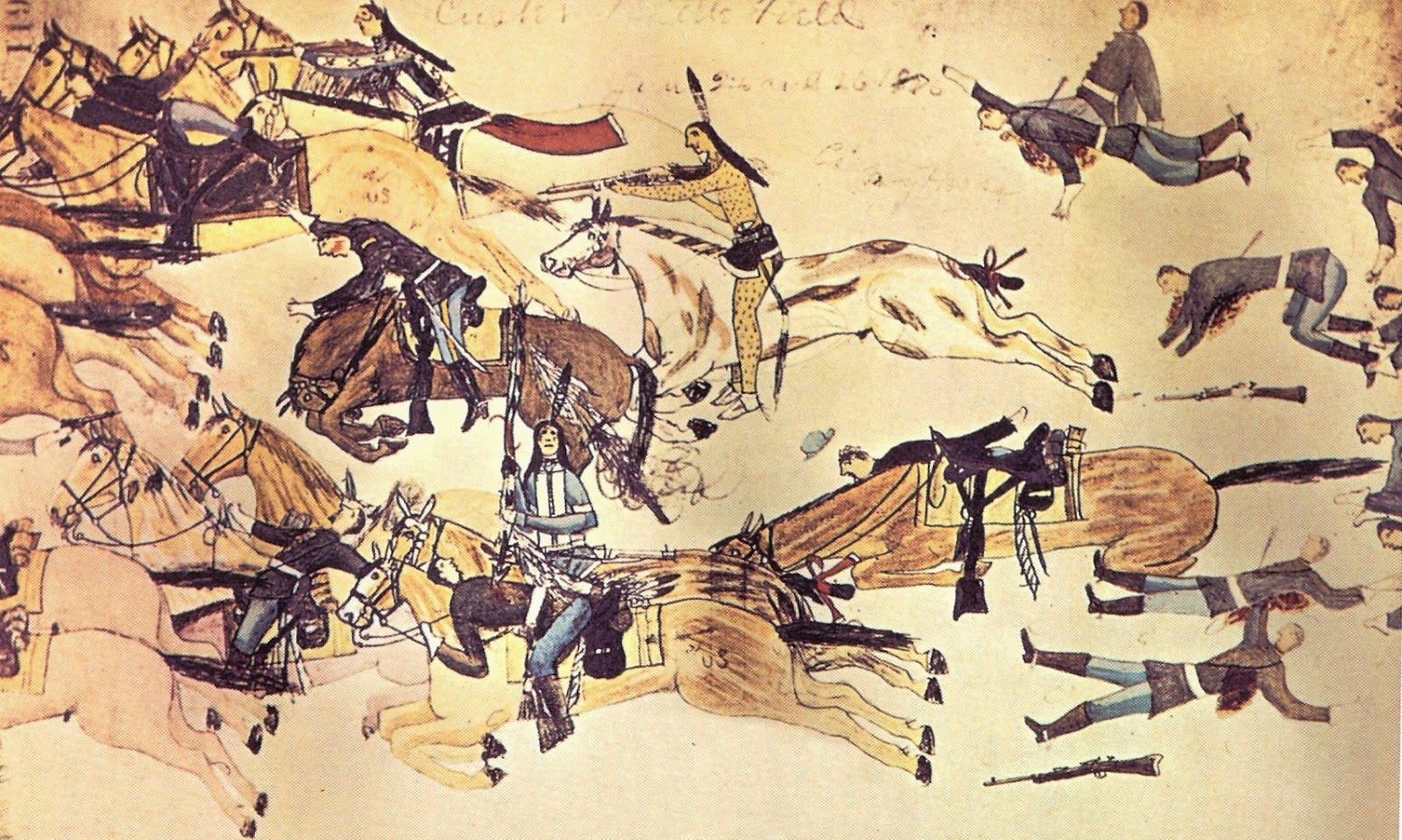
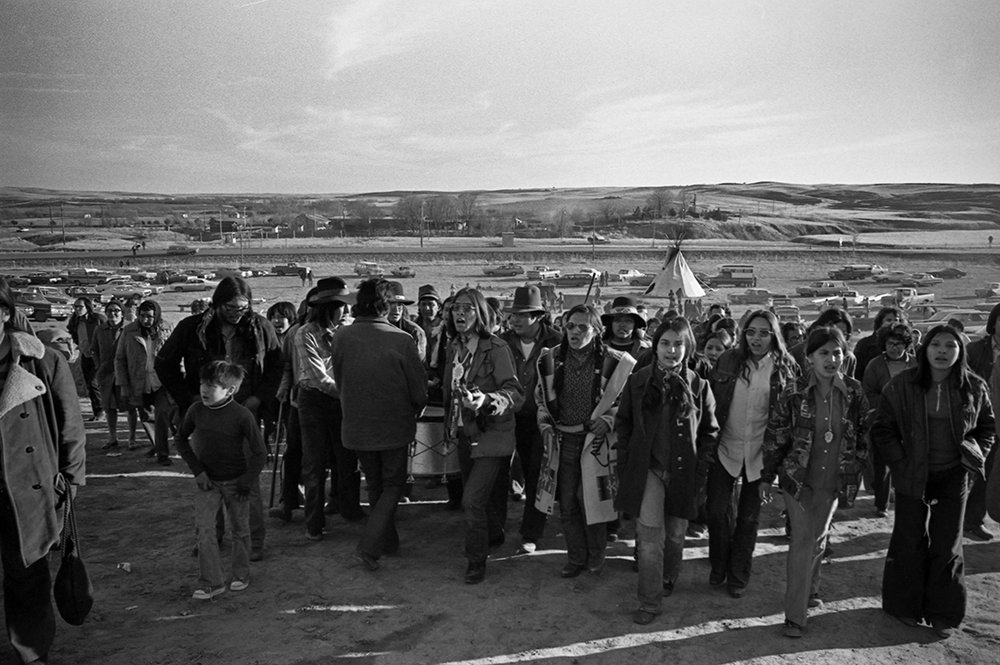
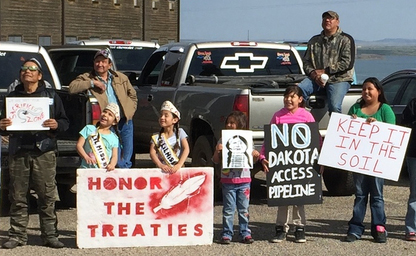





Twitter
Google plus
LinkedIn